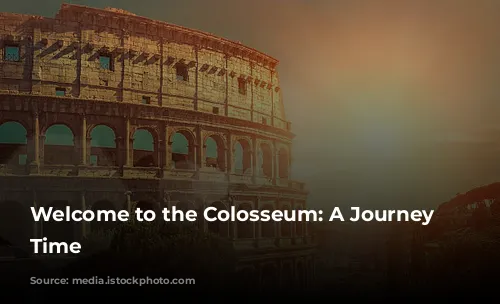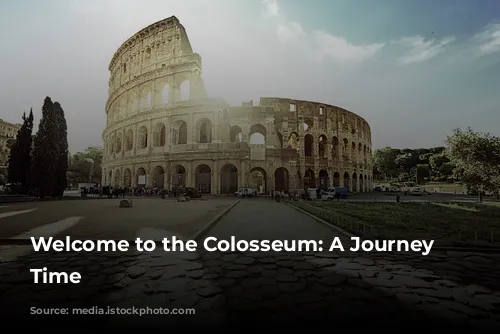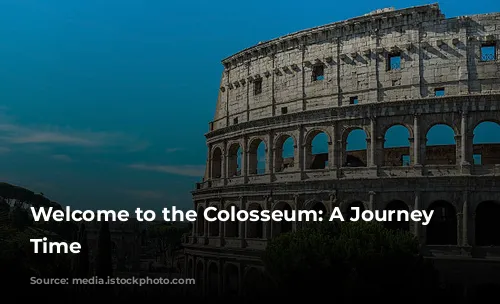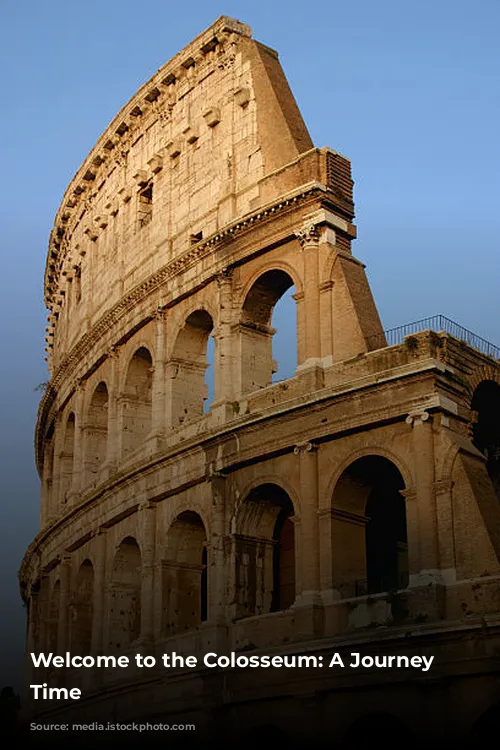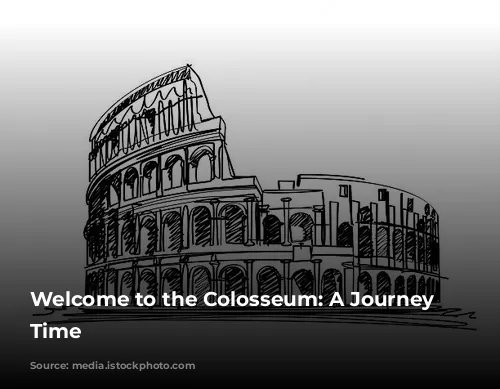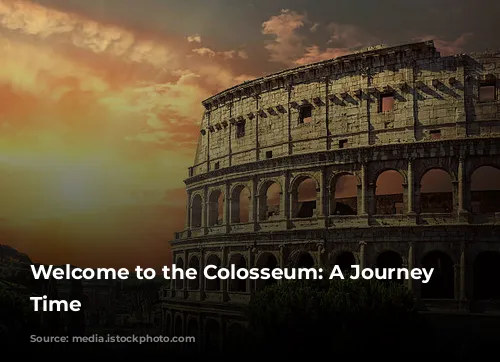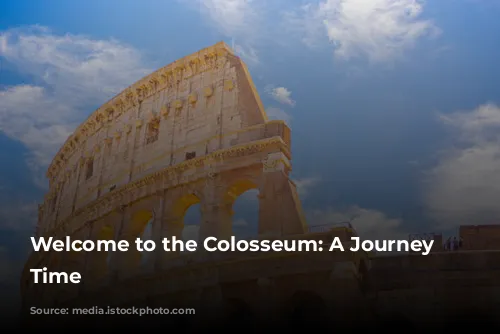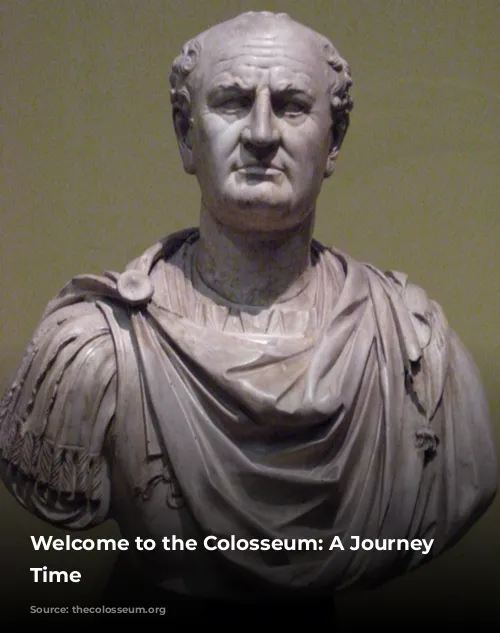The Colosseum, a towering symbol of ancient Rome, stands as a testament to the grandeur and brutality of the Roman Empire. Its history, spanning almost two millennia, is a captivating tale of gladiatorial combat, exotic animal hunts, and public executions. Let’s embark on a journey through time to uncover the fascinating secrets of this iconic structure.
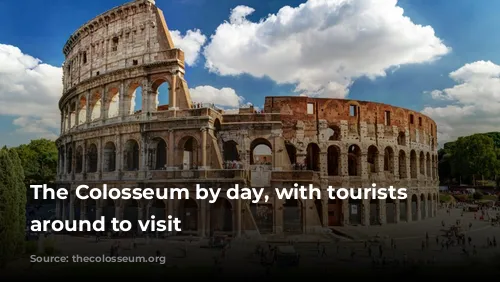
The Colosseum’s Construction: A Monument to Power
The Colosseum’s construction began in 72 AD under the reign of Emperor Vespasian, the first ruler of the Flavian Dynasty. The monumental project was completed in 80 AD, just eight years later, under the watchful eye of Emperor Titus, Vespasian’s son. The sheer magnitude of this endeavor is astounding, especially when we consider the workforce involved. The labor force consisted largely of Jewish slaves, captured after the First Jewish-Roman War. Estimates suggest that between 60,000 and 100,000 individuals toiled tirelessly to bring this magnificent structure to life.
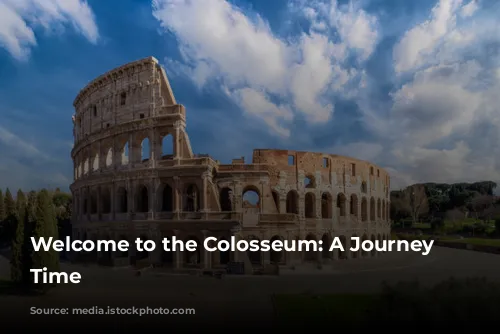
The Colosseum’s Purpose: A Theatre of Blood and Spectacle
The Colosseum’s creation was born from the ashes of the Great Fire of 64 AD, which ravaged a significant portion of Rome. Emperor Nero, in his ambition, constructed a lavish palace, the Domus Aurea, on the site of the devastation. This opulent residence, however, sparked outrage among the Roman citizenry, who felt neglected and exploited by Nero. When Vespasian ascended the throne, he demolished Nero’s palace, choosing instead to build a grand amphitheater – the Colosseum – upon its former foundation. This grand arena was intended as a gift to the Roman people, a space where they could gather and revel in the spectacle of gladiatorial combat, hunts, and public executions. The Colosseum, in its original form, was known as the Flavian Amphitheater, a nod to the Flavian dynasty that commissioned its construction. Its present name, however, is believed to derive from the massive bronze statue of Emperor Nero, the “Colossus,” that once stood nearby.
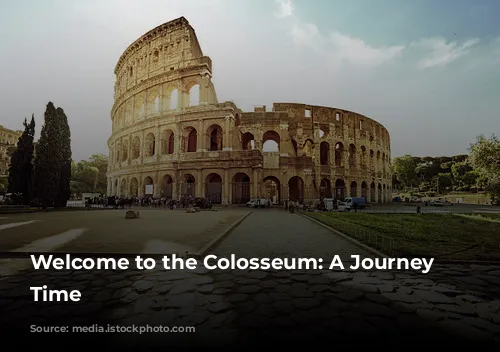
The Colosseum’s Imposing Dimensions: A City Within a City
The Colosseum, an oval-shaped structure, measures a staggering 189 meters long, 156 meters wide, and 48.5 meters tall. Its sheer size is overwhelming, encompassing an area of six acres. This vast space was designed to accommodate a massive audience, estimated to be between 50,000 and 80,000 spectators. The Colosseum’s exterior features three levels adorned with Doric, Ionic, and Corinthian columns, each level boasting 80 arches. These arches, once numbered with Roman numerals, served as a guide for citizens to find their assigned seats. Sadly, only 31 of the original 80 arches remain intact, a testament to the ravages of time and the elements.
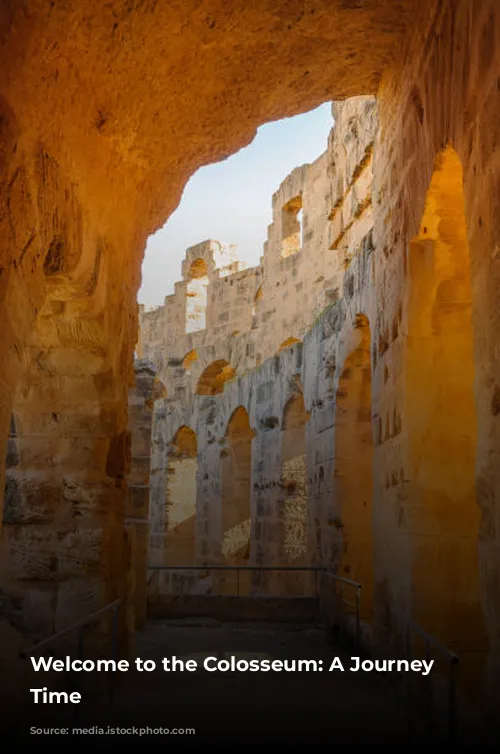
The Colosseum’s Underground Labyrinth: Where the Spectacle Begins
Beneath the Colosseum’s impressive facade lies a network of tunnels and chambers known as the Hypogeum. This intricate subterranean complex housed gladiators, animals, and prisoners, awaiting their fate in the arena. Eighty vertical shafts connected the Hypogeum to the arena, allowing for swift and dramatic entrances. Additionally, an elaborate system of trap doors provided a means of deploying elaborate scenery and props during the spectacles.
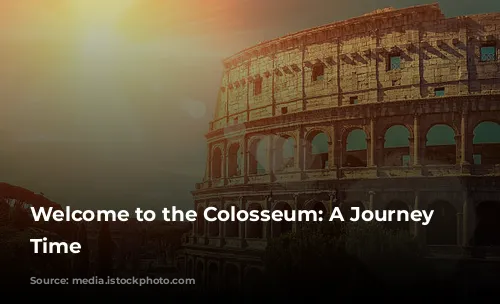
The Colosseum’s Legacy of Bloodshed: A Monument to Brutal Entertainment
The Colosseum witnessed countless acts of violence and bloodshed. It is believed that over 400,000 individuals met their demise within its walls, including gladiators, slaves, convicts, and prisoners. The Colosseum, in its heyday, served as a stage for gladiatorial combat, exotic animal hunts, and brutal executions. Lions, tigers, wolves, bears, leopards, wild boar, elephants, hyenas, buffalo, hippopotamus, crocodiles, and giraffes all graced the arena, often facing armed humans or meeting their demise in the name of entertainment. The sheer number of animals killed in the Colosseum is estimated to be in the millions, leading to the eradication of certain species from nearby regions.

The Colosseum’s Decline: From Arena to Tourist Attraction
The Colosseum’s reign as a venue for gladiatorial combat ended in 435 AD, though it continued to host hunts for another century. The exact reasons for the cessation of these spectacles are debated, but financial constraints and the Roman Empire’s decline are often cited as contributing factors. The Colosseum itself suffered from fires and earthquakes, causing significant damage and requiring numerous repairs and reconstructions throughout its history.
Over the centuries, the Colosseum found new purpose, serving as a cemetery, a place of worship, housing for the poor, workshops for artisans and merchants, and even a fortified castle. Today, the Colosseum stands as a powerful reminder of the Roman Empire’s grandeur and cruelty, captivating millions of tourists each year, who come to marvel at its awe-inspiring architecture and contemplate its tumultuous past. The Colosseum, a symbol of both the glory and the brutality of ancient Rome, continues to be a beacon of history and a must-see destination for travelers worldwide.
